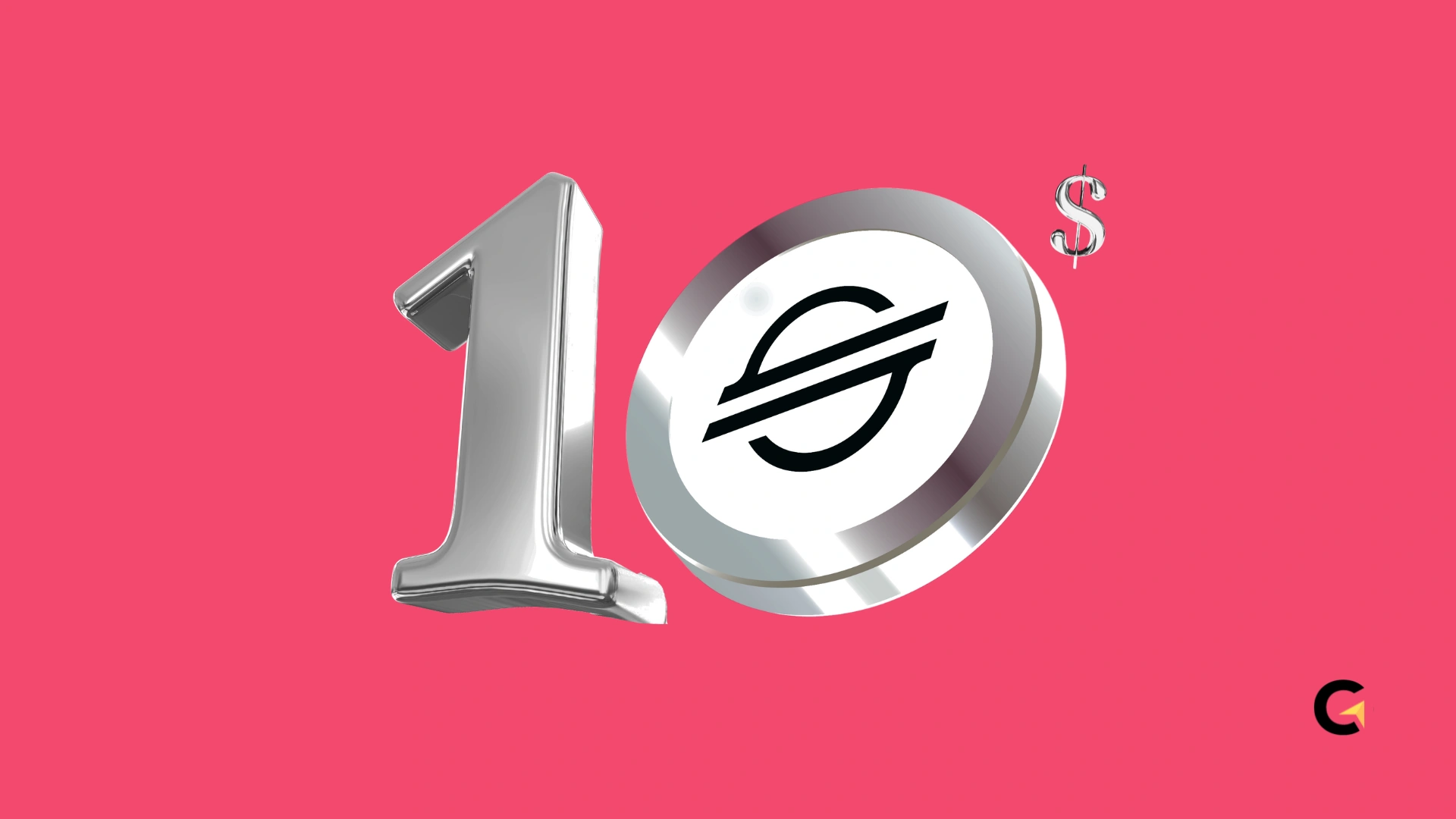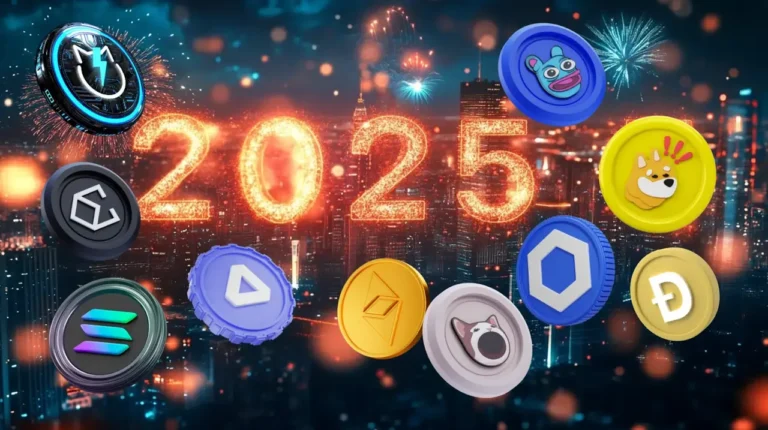Can XLM Reach $10?
Stellar Lumens (XLM) achieving a $10 price tag represents a bold long-term ambition hinging on transformative adoption, cutting-edge technological advancements, and strategic alliances.
Such an ascent demands pervasive integration into global payment rails, dominance in real world asset tokenization, and potential adoption by central banks for digital currency issuance.
Synergistic partnerships, including X Payments integration and network upgrades, offer catalysts, yet regulatory uncertainties, competition, and macroeconomic headwinds present formidable obstacles to realizing the tenfold valuation.
Key Takeaways:
Hide- StealthEX: Achieving $10 for XLM is theoretically possible long term but requires seismic adoption, tech breakthroughs, and major partnerships. (Source: StealthEX.io)
- CoinMarketCap Academy: X Payments integration could double XLM’s price within 48 hours of announcement, igniting rapid short‑term rallies. (Source: CoinMarketCap Academy)
- SoftwareTestingHelp: Long‑term Fibonacci extension targets at $1.50, $3.00, $5.00, and $7.50 map out potential milestones en route to $10. (Source: SoftwareTestingHelp.com)
- Benzinga: Regulatory uncertainty and evolving crypto classification debates pose significant headwinds for Stellar’s adoption. (Source: Benzinga)
XLM Price Prediction to Hit $10

Examining the prerequisites for XLM to hit $10 illuminates a complex interplay of adoption, innovation, and market forces.
This section analyzes core drivers, including cross‑border payment integration, RWA tokenization, CBDC adoption, and technical milestones, while highlighting prevailing risks.
Understanding these factors clarifies whether Stellar’s network can realistically sustain a ten‑dollar valuation prospects.
Conditions Priming a Hypothetical Price Surge
Reaching $10 requires global adoption as cross‑border payment rails.
XLM’s core value in facilitating fast, low‑cost transfers must see adoption by major remittance providers and financial giants.
Imagine MoneyGram deploying Stellar (XLM) for global payouts or Visa integrating Stellar to settle cross‑border transactions, generating massive on‑chain volumes.
Real World Asset tokenization must scale dramatically; top asset managers like BlackRock or Fidelity could tokenize bonds or real estate on Stellar, driving sustained demand.
Additionally, central banks might leverage Stellar for CBDC infrastructure, such as a digital Euro on Stellar, providing institutional endorsement and validating XLM’s network utility.
Technical Analysis – A Distant Glimmer of $10 Potential
Although $10 remains distant, technical indicators highlight potential long‑term paths.
On weekly charts, Fibonacci extension levels at $1.50, $3.00, $5.00, and $7.50 represent key milestones; progressive breaches could build momentum toward the $10 mark.
A sustained ascending trendline, confirmed by rising volume, would validate bullish conviction, while a golden cross, where the 50‑week moving average crosses above the 200‑week, signals a durable uptrend.
Traders should monitor Relative Strength Index for sustained strength and Chaikin Money Flow for ongoing capital inflows.
Until multiple indicators align, technical signals serve as preliminary guideposts rather than definitive forecasts.
Expert and Institutional Perspectives
Mainstream analysts generally view a $10 target as aspirational, with few endorsing such magnitude within the next decade.
Sin City Crypto highlights XLM’s positioning in stablecoin and RWA sectors, suggesting that successful X Payments integration could push XLM prices to $1 or $2 in the mid‑term.
Egrag Crypto’s historical Fibonacci‑based forecast for $2.72 by March 2025 fell short, underscoring the speculative nature of aggressive targets.
While select voices cite transformative long‑term narratives, institutional portfolio managers remain cautious, favoring assets with proven fundamentals.
Thus, expert consensus centers on moderate appreciation, with $10 scenarios contingent on extraordinary developments beyond current projections.
Potential Invalidation Scenarios
Strict regulatory crackdowns on stablecoins and cross‑border payment frameworks could curtail use cases and discourage institutional investors.
Technological setbacks, such as delayed implementation of the SLP‑0001 upgrade or unforeseen security breaches, would erode network confidence.
The proliferation of competing CBDC platforms, developed independently by central banks, might diminish XLM’s bridging role.
Failure to sustain strategic partnerships or secure new alliances with major financial institutions would limit adoption.
Additionally, adverse macroeconomic conditions, such as rising interest rates or recessionary pressures, could divert capital away from high‑risk digital assets.
XLM’s Unique Value Proposition
Stellar Lumens differentiates itself through a steadfast commitment to financial inclusion, targeting unbanked populations via micro‑payments and remittances.
Its ultra‑low transaction fees, often a fraction of a cent, favor micro‑transactions unsuitable for legacy systems or rivals.
The Stellar Consensus Protocol offers high throughput and rapid finality, accommodating large volumes with minimal latency.
Stellar’s focus on RWA tokenization and programmable money protocols provides developers a versatile platform for compliance‑friendly applications.
This blend of efficiency, cost‑effectiveness, and social mission positions XLM to capture niche markets, laying groundwork for potential long‑term appreciation despite stiff competition from other blockchain ecosystems.
Best Practice Guidelines when Investing in XLM
Effective evaluation of XLM’s ten‑dollar potential demands a disciplined framework balancing optimism with risk control. Applying these guidelines will help investors navigate volatility and establish realistic entry and exit strategies.
- Track official partnership and CBDC pilot announcements to time entry around major catalysts.
- Monitor tokenization volumes of Real World Assets to gauge institutional demand.
- Analyze weekly Fibonacci extension levels and golden cross formations for long‑term momentum signals.
- Review on‑chain metrics, volume, wallet growth, and capital inflows via Chaikin Money Flow.
- Assess regulatory developments in key jurisdictions to anticipate potential headwinds.
- Set clear price targets and stop‑loss levels around critical supports at $1, $3, and $5.
Concluding Statements
Concluding, XLM’s ascent to $10 hinges on unparalleled adoption and transformative partnerships.
Global financial networks and CBDC pilots must embrace Stellar’s low‑cost rails, while real world asset tokenization and X Payments integration amplify utility.
Technical milestones, breaching $1, golden cross signals, and sustained uptrend confirmations, provide pathway glimpses.
Yet regulatory clampdowns, competitive alternatives, and macro pressure pose threats.
Investors should balance optimism with risk management, monitoring adoption metrics, upgrades, and chart indicators closely.
Ultimately, breakthroughs in payments, RWA dominance, and CBDC integration will determine if Stellar can reach $10 by 2030–2050: $1.3–$10.8 in 2030, $46–$194 in 2040, $86–$302 in 2050.







